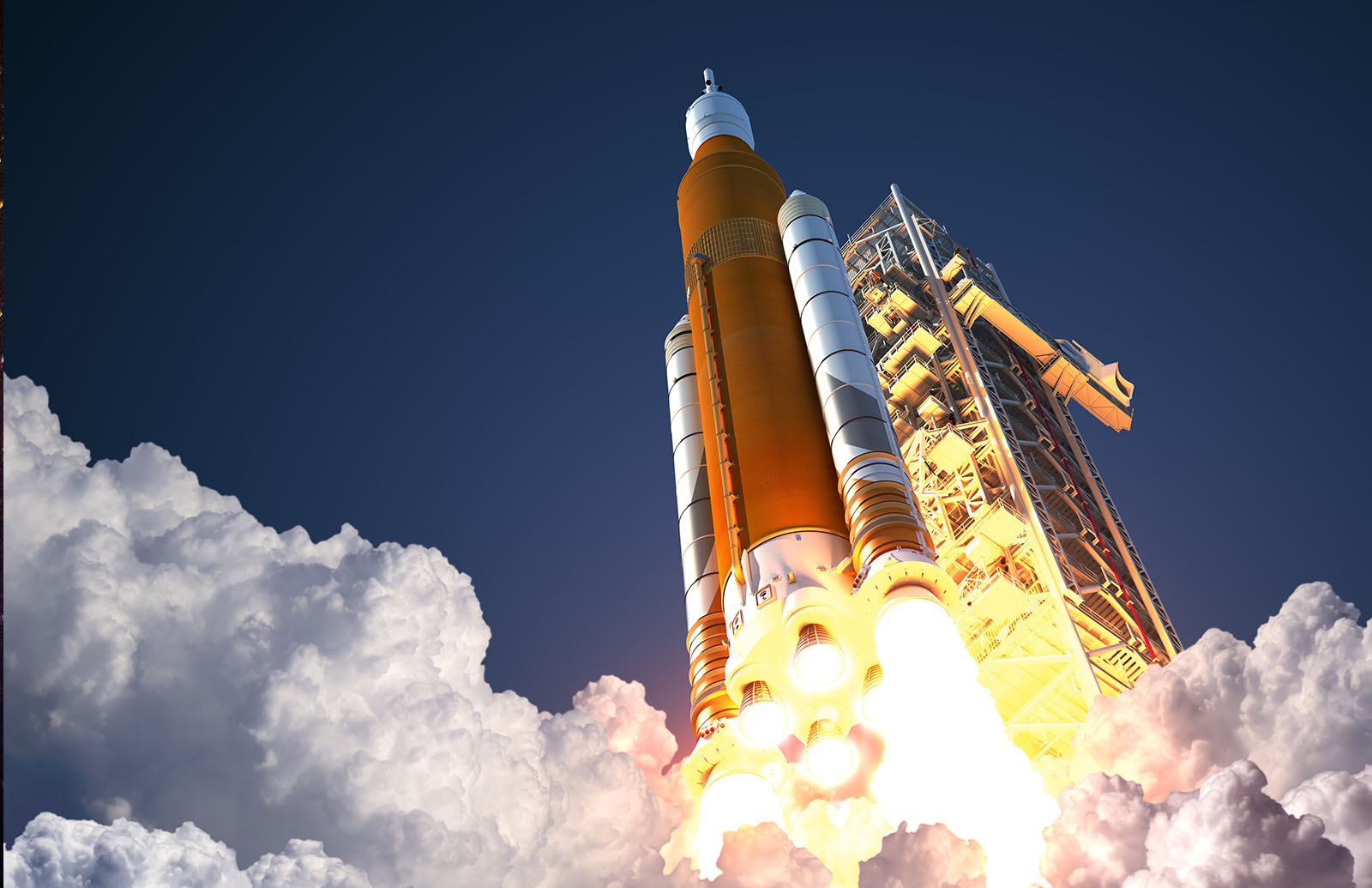On New York’s Long Island, scientists are building an ambitious machine to tease apart the mysteries held inside atomic nuclei. A major component of that system is the world’s highest voltage electron gun and it’s just aced a six-month test.
The machine is known as the Electron-Ion Collider (EIC) and it is being developed by scientists at the US Department of Energy’s Brookhaven National Laboratory. The goal of the machine is to be able to accelerate electrons in one stream and collide them with atoms that have been stripped of their own electrons traveling in another stream in the opposite direction. This will all take place in a circular collider measuring 2.4 miles in circumference.
This should, in theory, smash apart the protons and neutrons in the atoms’ nuclei revealing the still poorly understood mechanisms by which they exist. One of the goals is to better understand the force inside gluons, which hold the quarks together (the building blocks of protons and neutrons) and is known as the strongest force in nature.
To get all of that working, the scientists needed to invent a device that could accelerate the particles to near the speed of light quickly and over a relatively small distance. And the recent series of tests on the electron gun prove that they’ve done exactly that.
“We speed up the velocity of electrons to 80% the speed of light,” said Brookhaven Lab physicist Erdong Wang, the chief architect and implementer of the device, who’s been working on its development since he proposed it in 2017. “That’s an acceleration of zero to more than 500 million miles per hour – over the span of just two inches inside the gun in about two ten-billionths of a second.”
“We put the ‘e’ in the EIC,” added John Skaritka, the Brookhaven Lab mechanical engineer who led the mechanical design and planning for the project.
Head spinning challenges
Accelerating the electrons is just one of the tasks assigned to the gun. The other is to be able to create tightly packed groups of the particles and control their spin as well. To accomplish this, the researchers created a photocathode – the component that creates photoelectric electrons – out of thin nanosheets of gallium arsenide crystals. By striking this cathode with a laser, the team was able to release electrons and control whether they spun in a forward or backward direction.
Once the electrons are freed from the crystal with the laser, the gun is then tasked with getting them moving fast enough. To accomplish this, the team built an anode opposite the cathode and applied extremely high voltage. It did the trick.
“First, we apply the voltage to the cathode,” said Wang. “Then, when we shine a laser on the gallium arsenide wafer, the electron beam comes out toward the anode. The electron energy goes from zero to 320 kiloelectron volts over the space of the gap – about two inches.”
Brookhaven National Lab
The researchers also dialed in the best approach with the laser. They found that short pulses of the laser light were able to create groups of electrons containing a high “bunch charge,” meaning they were packed with about 70 billion electrons per bunch. These bunches give the particles the highest odds of smashing into the atomic nuclei coming at them from the other direction in the accelerator.
After working through a series of other challenges including baking out trapped gasses in the steel of the gun’s housing and using materials derived from crushed corn cobs to polish all stainless steel components to a mirror like finish, the gun operated maintenance free for six months. Analysis of the electron beams produced verified that the particles had exactly the right characteristics for use in the EIC.
“This gun not only exceeds the EIC requirements, but we also get world-leading results,” said Wang. “This is the highest-voltage and highest-intensity polarized electron gun in the world.”
He and his team are now working on components that will accelerate the electrons inside the collider even more, to near the speed of light.
The team’s work has been published in the journal Applied Physics Letters.
Source: Brookhaven National Lab







